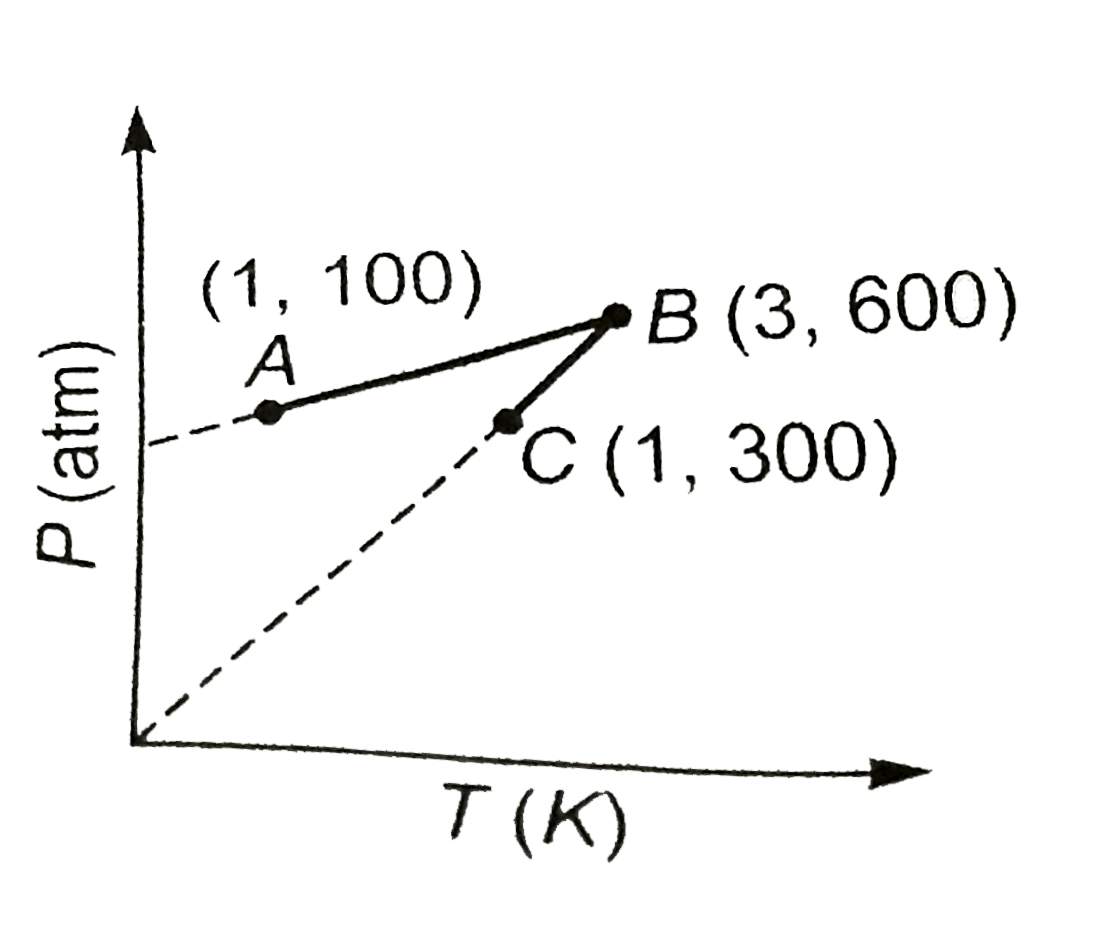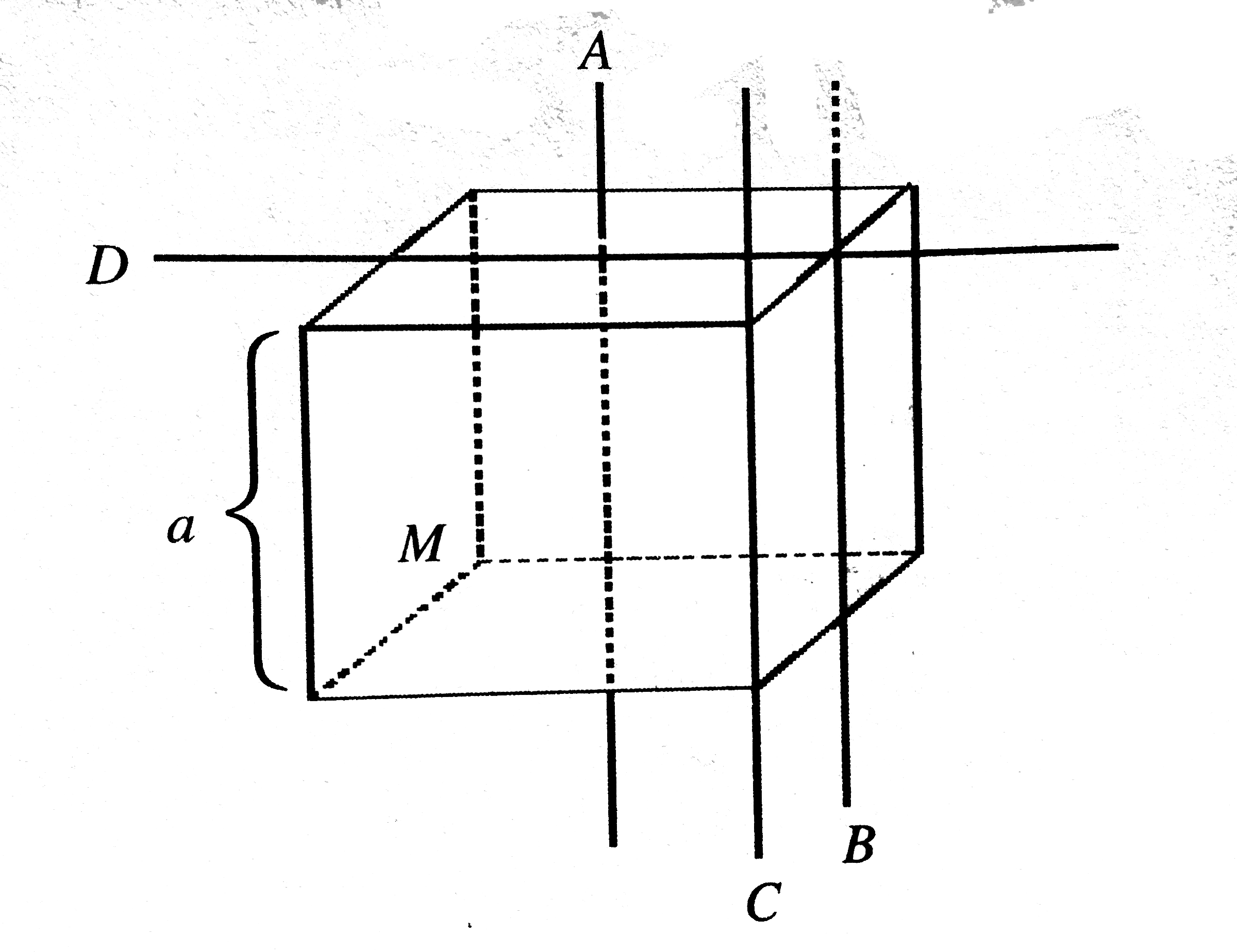Mark the correct statements(s):
Direction of wave propagation is along the normal to wavefront
For a point source of light, the shape of wavefronts can be considered to be plane at very large distance from the source
A point source of light is placed at the focus of a thin spherical lens, then the shape of the wavefront for emerged light can be plane
The shape of the wavefront for the light incident on a thin spherical lens is plane, the shape of the wavefront corresponding to emergent light would always be spherical
The correct Answer is:A, B, C, D
To solve the question, we need to analyze each statement provided and determine whether it is correct or not. Here’s a step-by-step breakdown:
Step 1: Analyze Statement 1
Statement: The direction of wave propagation is along the normal to the wave front.
Explanation:
- The wavefront is an imaginary surface representing points of a wave that are in phase.
- The normal to the wavefront is a line perpendicular to the wavefront.
- Waves propagate in the direction of the normal to the wavefront.
Conclusion: This statement is correct.
Step 2: Analyze Statement 2
Statement: For a point source of light, the shape of the wavefront can be considered to be plane at a very large distance from the source.
Explanation:
- A point source emits waves in all directions, creating spherical wavefronts.
- As the distance from the source increases, the curvature of the wavefront becomes negligible, and it can be approximated as a plane wavefront.
Conclusion: This statement is correct.
Step 3: Analyze Statement 3
Statement: The shape of the wavefront for light incident on a thin spherical lens is plane.
Explanation:
- When light rays converge or diverge through a thin lens, the wavefronts can be approximated as plane wavefronts after passing through the lens, especially at the focal point.
Conclusion: This statement is correct.
Step 4: Analyze Statement 4
Statement: The shape of the wavefront for light emerging from the focus of a thin spherical lens can be plane.
Explanation:
- Light that converges at the focus of a thin lens can be considered to emerge as plane waves after passing through the lens, particularly at the focal point.
Conclusion: This statement is correct.
Final Conclusion
All four statements are correct. Therefore, the answer is that statements 1, 2, 3, and 4 are correct.
---
Statement: The direction of wave propagation is along the normal to the wave front.
- The wavefront is an imaginary surface representing points of a wave that are in phase.
- The normal to the wavefront is a line perpendicular to the wavefront.
- Waves propagate in the direction of the normal to the wavefront.
Statement: For a point source of light, the shape of the wavefront can be considered to be plane at a very large distance from the source.
- A point source emits waves in all directions, creating spherical wavefronts.
- As the distance from the source increases, the curvature of the wavefront becomes negligible, and it can be approximated as a plane wavefront.
Statement: The shape of the wavefront for light incident on a thin spherical lens is plane.
- When light rays converge or diverge through a thin lens, the wavefronts can be approximated as plane wavefronts after passing through the lens, especially at the focal point.
Statement: The shape of the wavefront for light emerging from the focus of a thin spherical lens can be plane.
- Light that converges at the focus of a thin lens can be considered to emerge as plane waves after passing through the lens, particularly at the focal point.
All four statements are correct. Therefore, the answer is that statements 1, 2, 3, and 4 are correct.
Topper's Solved these Questions
- BOOK - RESNICK AND HALLIDAYCHAPTER - INTERFERENCE AND DIFFRACTION EXERCISE - PRACTICE QUESTIONS (Linked Comprehension)21videos
INTERFERENCE AND DIFFRACTION
- BOOK - RESNICK AND HALLIDAYCHAPTER - INTERFERENCE AND DIFFRACTION EXERCISE - PRACTICE QUESTIONS (Matrix-Match)1videos
INTERFERENCE AND DIFFRACTION
- BOOK - RESNICK AND HALLIDAYCHAPTER - INTERFERENCE AND DIFFRACTION EXERCISE - PRACTICE QUESTIONS (Single Correct Choice Type)66videos
INTERFERENCE AND DIFFRACTION
- BOOK - RESNICK AND HALLIDAYCHAPTER - HYDROGEN ATOMEXERCISE - PRACTICE QUESTIONS(Integer Type)6videos
HYDROGEN ATOM
- BOOK - RESNICK AND HALLIDAYCHAPTER - MAGNETIC FIELDS DUE TO CURRENTSEXERCISE - Practice Question (Integer Type)4videos
MAGNETIC FIELDS DUE TO CURRENTS
Similar Questions

One mole of an ideal gas is subjected to a two step reversible process (A-B and B-C). The pressure at A and C is same. Mark the correct statement(s) :View SolutionA boat is being rowed in a river. Wind is also blowing. Direction of velocity vectors of boat, water and wind in ground frame are as shown in diagram.

Mark the correct statement(s)View Solution
Knowledge Check
- Question 1 - Select One or More
Mark the correct statement(s).
A(a) The work-energy theorem is valid only for particlesB(b) The work-energy theorem is an invariant law of physics.C(c) The work-energy theorem is valid only in inertial frames of reference.D(d) The work-energy theorem can be applied in non-inertial frames of reference too. - Question 2 - Select One or More
Mark the correct statement(s).
A(a) Total work done by internal forces of a system on the system is always zero.B(b) Total work done by internal forces of a system on the system is sometimes zero.C(c) Total work done by internal forces acting between the particles of a rigid body is always zero.D(d) Total work done by internal forces acting between the particles of a rigid body is sometimes zero. - Question 3 - Select One
Mark the correct statement(s)-
ADiode, LED and transistor are two leg devicesBDiode, LED and resistor are two leg devicesCTransistor and IC are 3 leg devicesDIC and transistor are having same number of legs but not three
A partile is moving along x−axis such that its position is given by x=4−9t+t33 where t is time in seconds, x is in meters, Mark the correct statement(s) :
View SolutionConsider a nuclear reaction :
Aλ1−−→B+C
and Bλ2−−→C
A converts into B and to C with decay with decay constant λ1 B is alos stable nucleus which futher decays into stable nucleus C with decay constant λ2. Mark the correct statement(s)View SolutionA man is standing at point (x=5m,y=0) . Then be walks along staight line to (x=0,y=5m) . A second man walks from the same initial position along the x-axis to the arigin and then along the y-axis to (x=0,y=5m) . Mark the correct statement(s) :
View SolutionMark the correct statement (s).
View SolutionIllustrated is a uniform cubical block of mass M and side a Mark the correct statement (s)
 View Solution
View Solution

